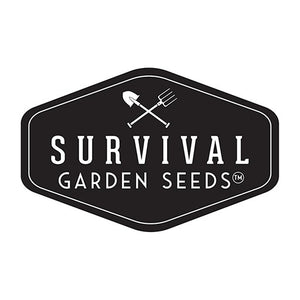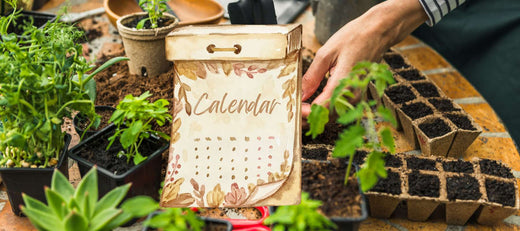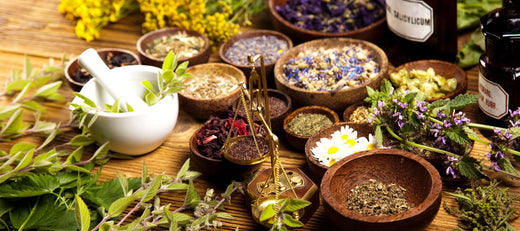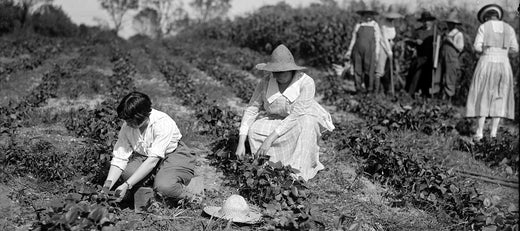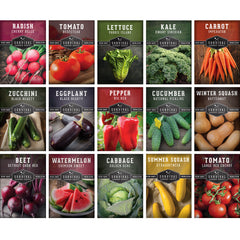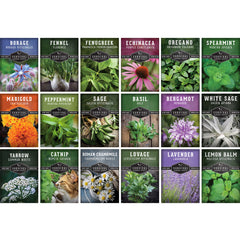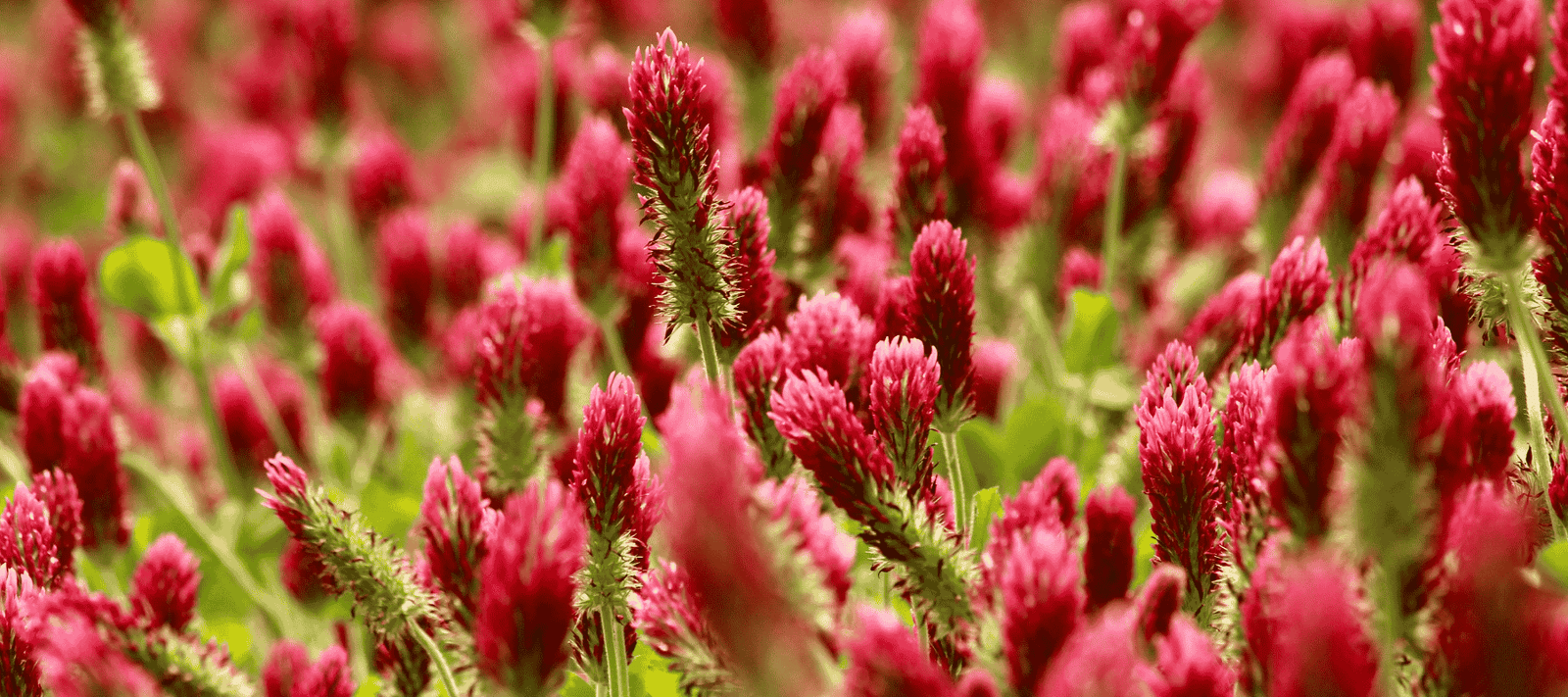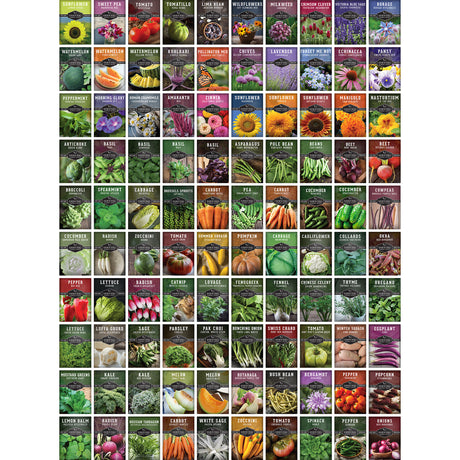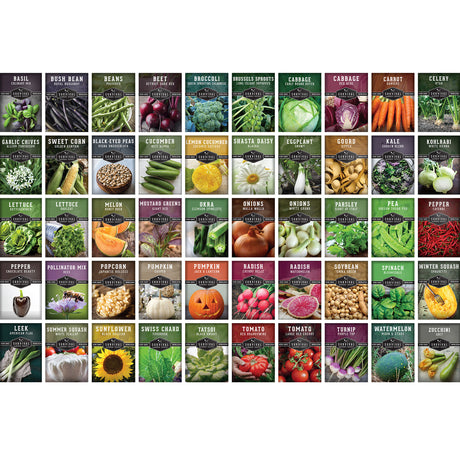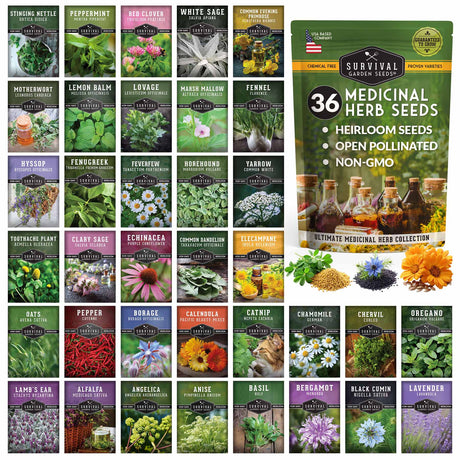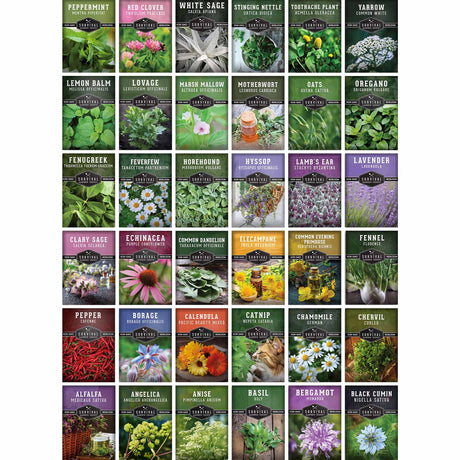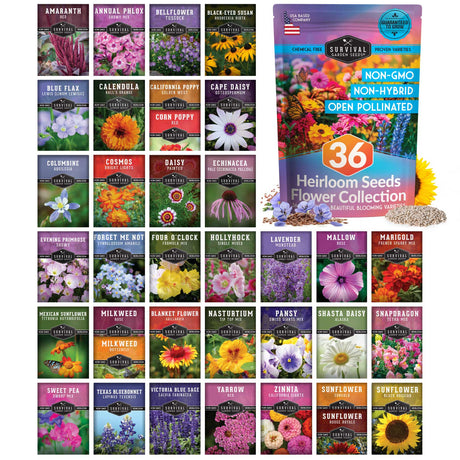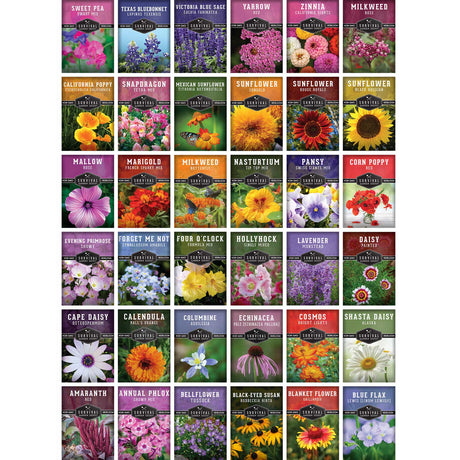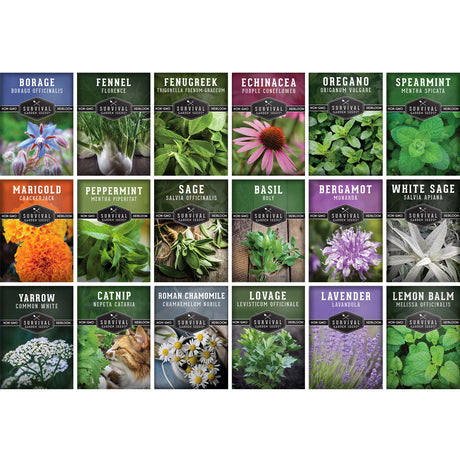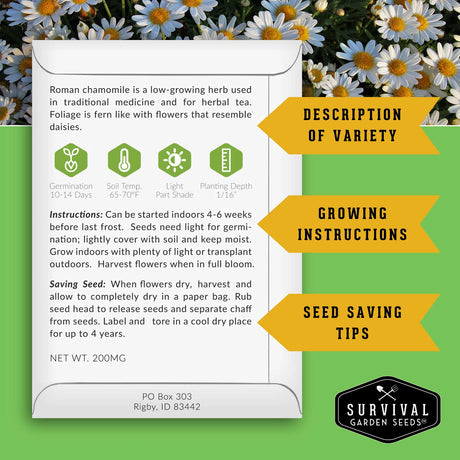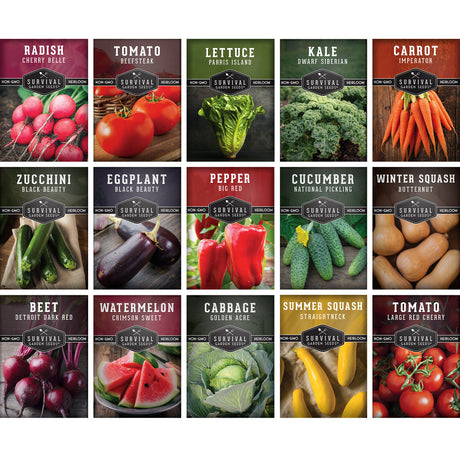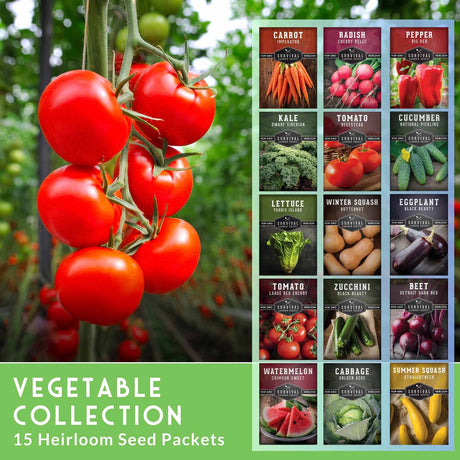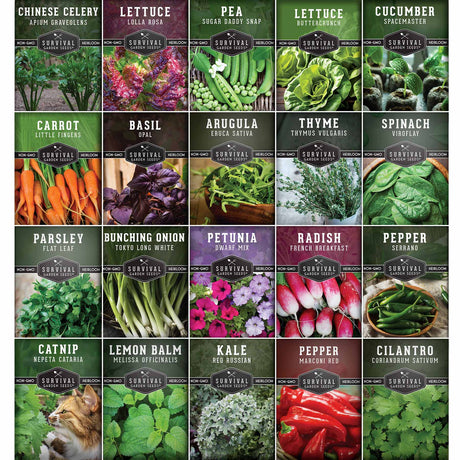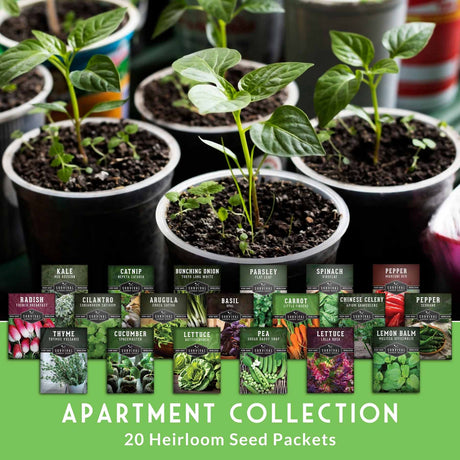Vibrant fields lush with crimson clover always delighted me when I was a little girl. I would pick the flowers to give to my favorite teachers, and my heart thrilled with joy as I watched the fields ripple like water on windy days. I didn’t realize that the pretty flowers were actually doing several important jobs: reducing erosion, enriching the soil, and attracting pollinators, all while providing forage for the cows that grazed in those fields. As an adult, I appreciate the many uses of this stunning, easy-to-grow cover crop. Let’s look at this colorful ground cover and explore why you might want to add it to your garden space.
What Is Crimson Clover?

Crimson clover (Trifolium incarnatum) is a flowering plant in the legume family with deep red, cone-shaped blooms. Don’t confuse it with red clover, another highly beneficial clover with round, pink flowers. You’ve probably seen crimson clover used along roadsides, in fallow fields, and in grazing pastures. That’s because this hardy plant is extremely popular for reducing erosion, improving soil health, and supporting garden ecosystems. It’s also lovely to look at, which makes it a great choice for enhancing your garden while adding some visual interest.
Why Grow Crimson Clover?
There are many reasons why you might consider adding this pretty little plant to your space, whether as a flowering ground cover to serve as an alternative to traditional turf lawn, as a cover crop and green mulch, or even as a decorative plant that happens to add benefits for your flower beds.
- Attract Pollinators: The bright flowers attract bees, butterflies, and other beneficial insects that pollinate your plants and boost garden productivity.
- Reduce fertilizer use: Crimson clover is a legume that fixes nitrogen at its roots through symbiotic bacteria. It also adds organic matter to your garden beds when you chop or mow it down and leave the plant matter to decompose and gradually work into the soil. These soil improvements can naturally enhance your overall garden fertility.
- Weed control: The dense roots of crimson clover will help cover and protect bare soil and suppress weeds that would otherwise take over.
- Erosion prevention: Healthy soil needs roots to hold together, especially during wet seasons. Crimson clover’s strong root system helps build soil and prevent compaction.
- Beauty: Most people don’t think of crimson clover as an ornamental, but this humble plant is really charming alongside other flowers, especially poppies.
How to Grow Crimson Clover Flowers

Crimson clover can be sown in late summer to early autumn, and is hardy to USDA Zone 6. That means that if your winters are mild enough, it will grow through winter and bloom in late spring. It can also be sown in early spring in colder climates. Crimson clover grows quickly, but it may not produce flowers if spring-sown in zones with early summer heat. If you want flowers, your best bet is fall sowing.
Broadcast your seed evenly into well-cultivated soil in an area with full sun. Keep the soil evenly moist until germination, typically 7 to 14 days. Keep your clover well-watered throughout the growing season.
Crimson Clover in the Garden

This versatile plant can be used in many ways. Try interplanting it between vegetable crops to attract pollinators and suppress weeds. You can also use it as a cover crop in empty garden beds to enrich the soil during off-seasons. Once mature, “chop and drop” the plants to release nutrients, or leave them as a flowering patch to beautify your garden and add diversity.
Crimson clover is a colorful, beautiful cover crop that has earned its place in the garden. It can naturally improve your garden soil and attract pollinators. It even adds a splash of color and beauty to your outdoor space. If you're inspired to add this useful plant to your garden, head to the seed shop and pick up a few packets. You'll love how easy and inexpensive it is to grow your own crimson clover flowers from seed.
Written by Teresa C., Zone 8a, Alabama

